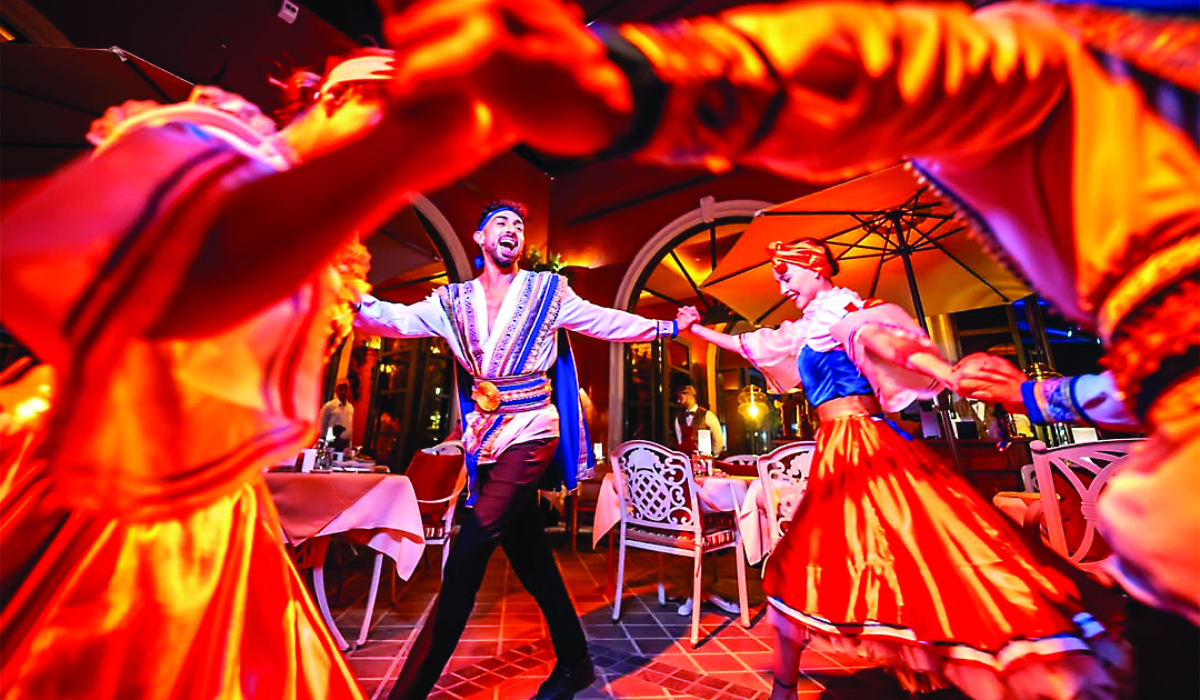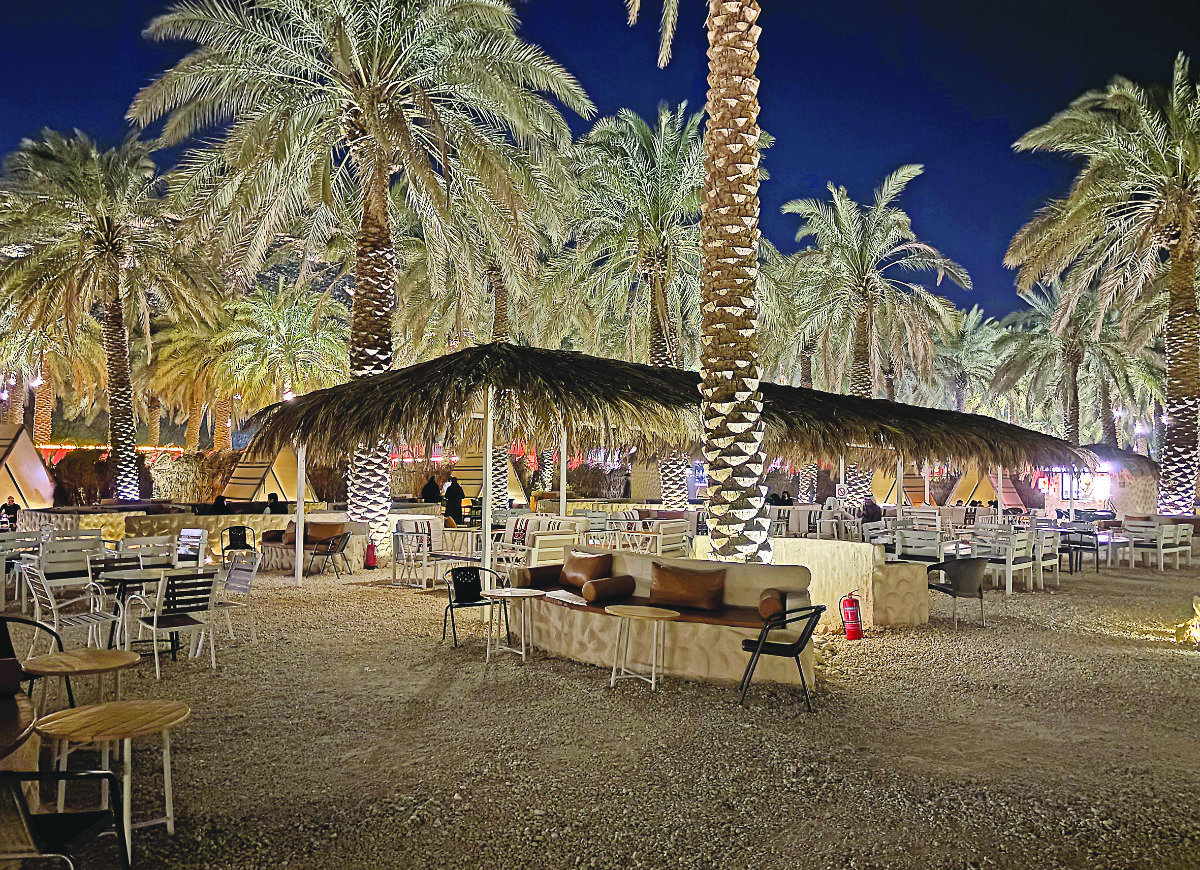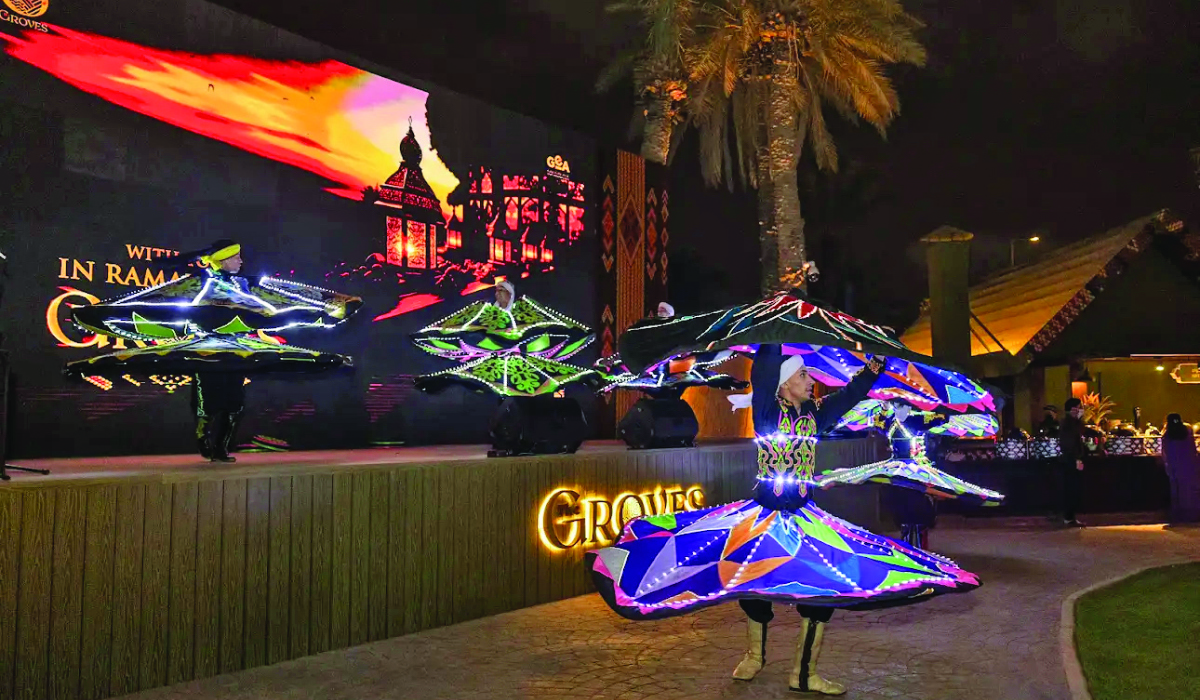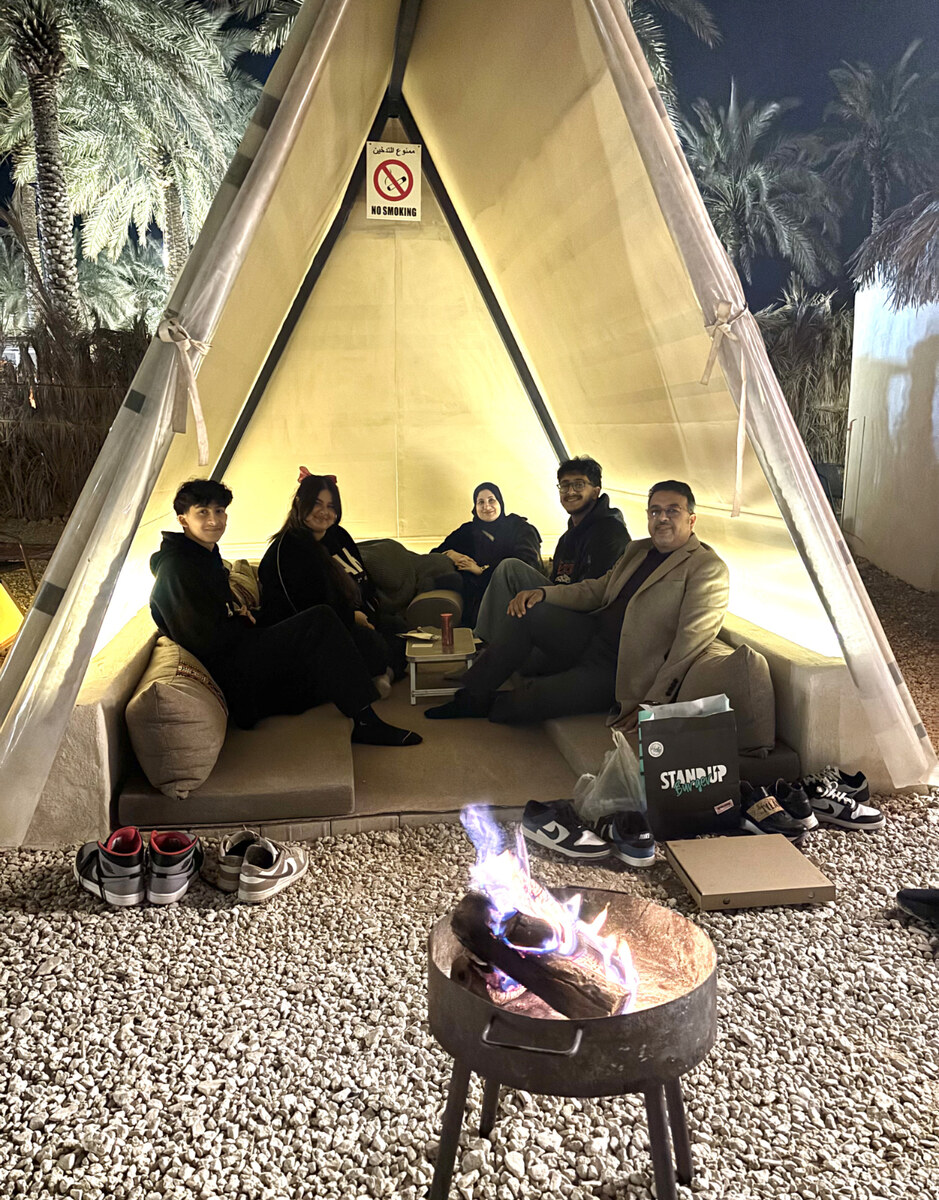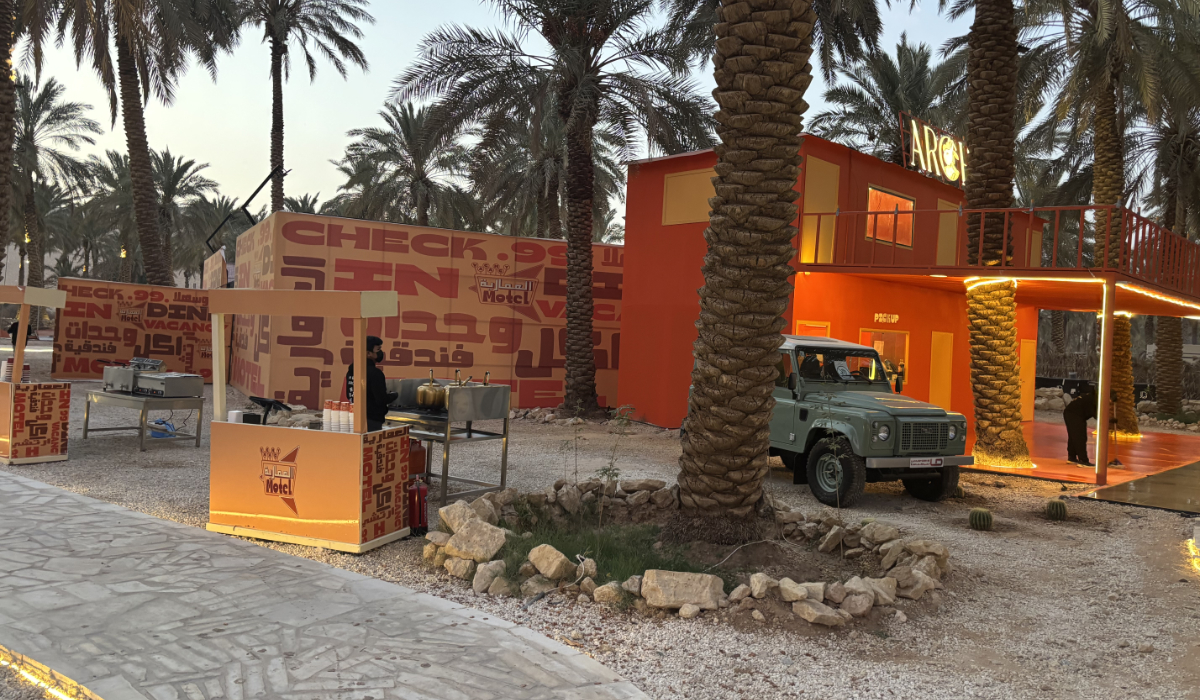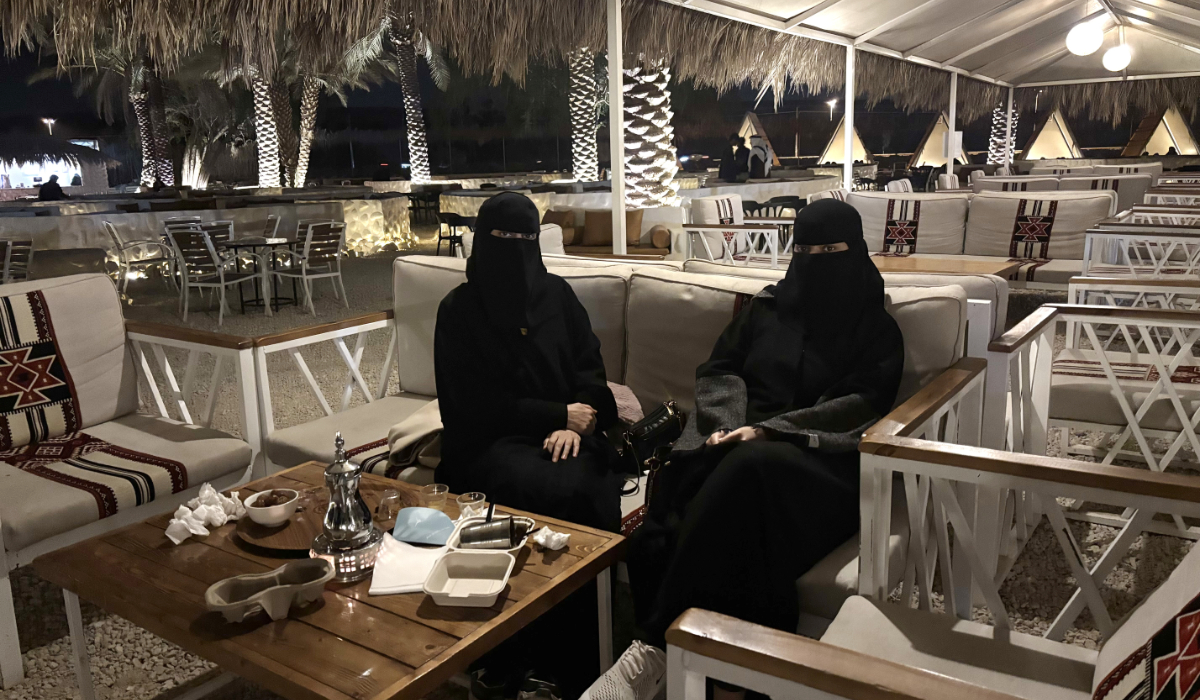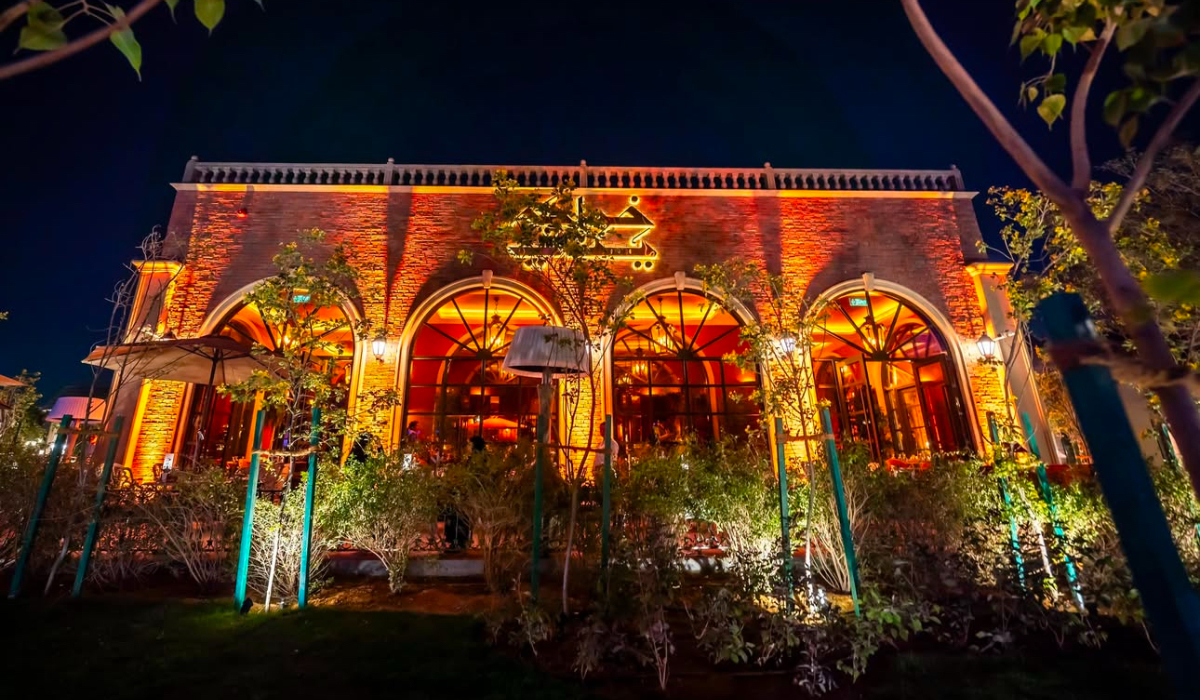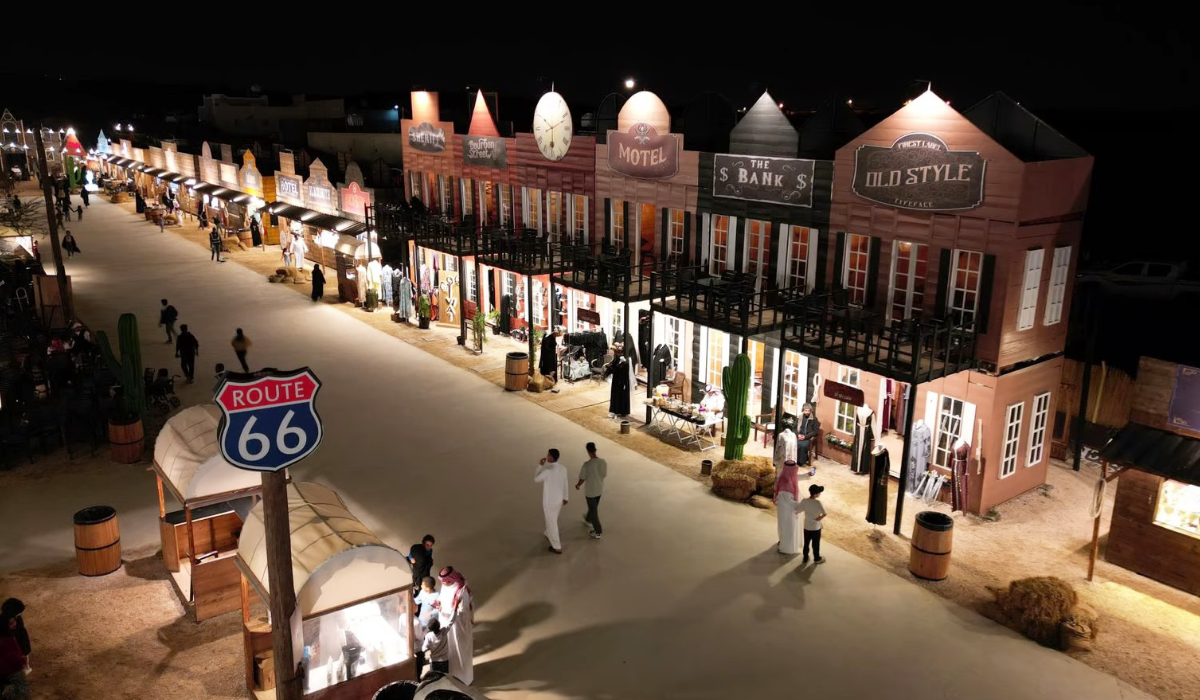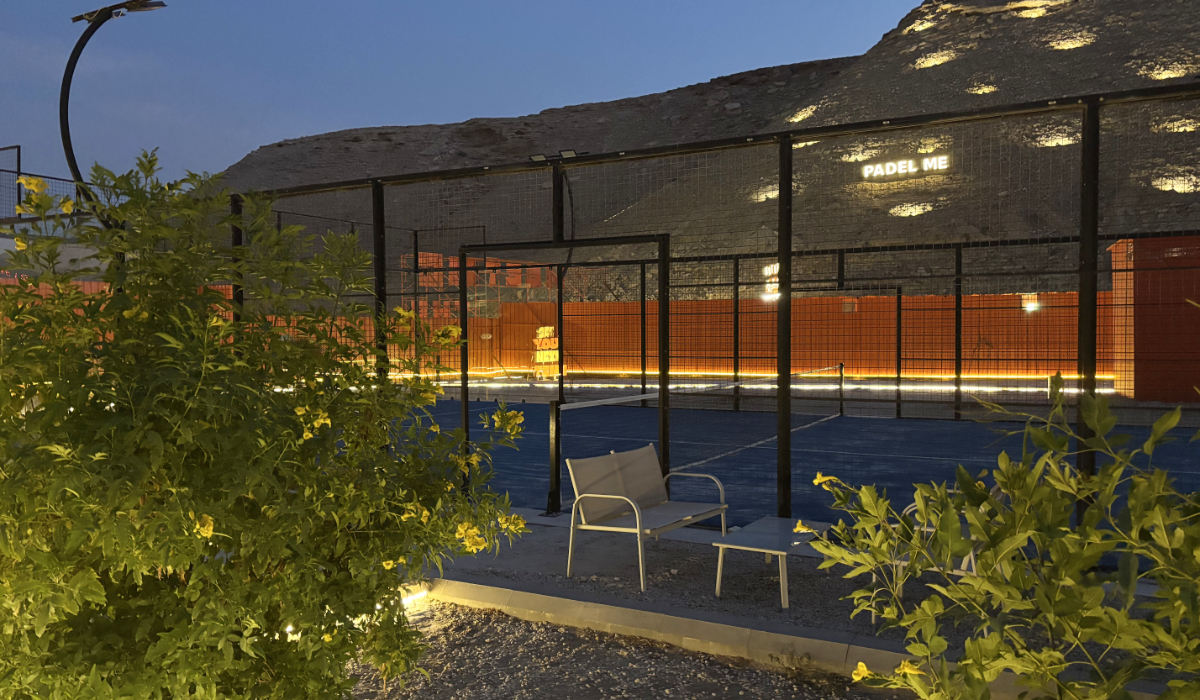RIYADH: Saudi Arabia is increasing the number of its protected lands and nature reserves to replenish the dwindling number of indigenous species.
The peninsula’s diverse and unique landscape, home to many species, is in need of protection and a number of conservation projects and funds have been initiated to address the issue. Several projects spearheaded by the Kingdom and neighboring countries are attempting to stop dwindling numbers but there is a long way to go. Natural forces can strain an animal population but years of increasing human activity in the region, urbanization, poaching and habitat loss have resulted in native animals being placed on the endangered list. From the Arabian leopard, Arabian oryx and Rhim gazelle to the Lappet-faced vulture and the Asian Houbara that uses the northeastern region of the Kingdom as a migratory pit stop, more needs to be done.
Last Thursday, Crown Prince Mohammed bin Salman said that the Kingdom has experienced exponential economic growth in the past three years. In his speech to the Shoura Council, he highlighted that conservation in the Kingdom has risen 14 percent in the past three years from just 4 percent. A Special Forces for Environmental Security had been established with the sole purpose of protect the environment, wildlife and biodiversity and enforcing the law.
From Harrat Al-Harrah, the first nature reserve established in the Kingdom in 1987 to the Sharaan, inaugurated by the crown prince in 2019, 15 nature reserves and protected lands are supervised by the Saudi Wildlife Authority (SWF) in coordination with different funds, agencies, royal commissions and relevant bodies that build up a self-sustaining population.
The 15 nature reserves, established over more than 30 years, have revealed the importance of protecting animals on the verge of extinction in the Kingdom and beyond. A 2015 study published in the Journal of Applied Ecology noted that captive breeding is not a solution unless animals in the wild are protected. Nevertheless, experts have not ruled it out and are hopeful that captive breeding can help to replenish numbers.
Working with partners, Saudi Arabia is replenishing populations that are on the brink of extinction if they do not receive attention now.
The Arabian ostrich was declared extinct in the wild in the late 1930s due to overhunting and commercial exploitation. A red-necked similar breed found in northeastern Africa was brought to the Kingdom in 1988-89 from Sudan to reintroduce them to the land.
The Arabian oryx, classified by the International Union for Conservation of Nature (IUCN) as an endangered species, has received much-needed attention by the Kingdom and the UAE and has seen a surge in its numbers, currently around 1,000 due to the combined effort and strict laws prohibiting hunting and poaching the animal. Speaking to Arab News last year, experts at IUCN said that they categorize the number of species that are of reproductive age: “For the oryx to move to the ‘near-threatened’ category, we’d need to get figures to about 1,400 of these animals, so about half as many again. Considering where we were and where we are now, this is an achievable feat.”
In June, the first generation of native-born gazelles was placed in the wild at AlUla’s Sharaan nature reserve. Last week, the Royal Commission for AlUla launched the second phase of its plan to resettle local species that included the release of 25 Nubian ibexes, 20 mountain gazelles, 50 Rhim gazelles and 10 Arabian oryx.
Head of the Reserve, Dr. Ahmed Al-Malki said: “As water and food were secured temporarily for the animals that will be released, a team of rangers, with the support of the Special Forces for Environmental Security, will monitor the wild animals throughout the duration of the program to ensure the safety of the animals and their adaptation to their new environment.”
“We aim to ensure the biodiversity’s sustainability and prosperity of the natural habitats in the region, which in return will enhance the preservation of wildlife,” he said. Not many animals are so lucky and due to small populations, conservation prospects could take a long time: 200 Arabian leopards, the world’s smallest leopard, are believed to be the only surviving population in the peninsula. Most are held in captivity across the Kingdom, the UAE, Oman and Yemen. Classified as critically endangered, reintroducing them to the wild could be risky.
In a bid to save the native cats, a $20 million deal was struck between the Royal Commission of AlUla and Panthera, the global wild cat conservation organization that aims to help preserve big cats internationally and focus on the protection of local species.
Two cubs were born at the Prince Saud Al-Faisal Wildlife Research Center in Taif last year, a significant moment for the RCU. There is still hope yet.







